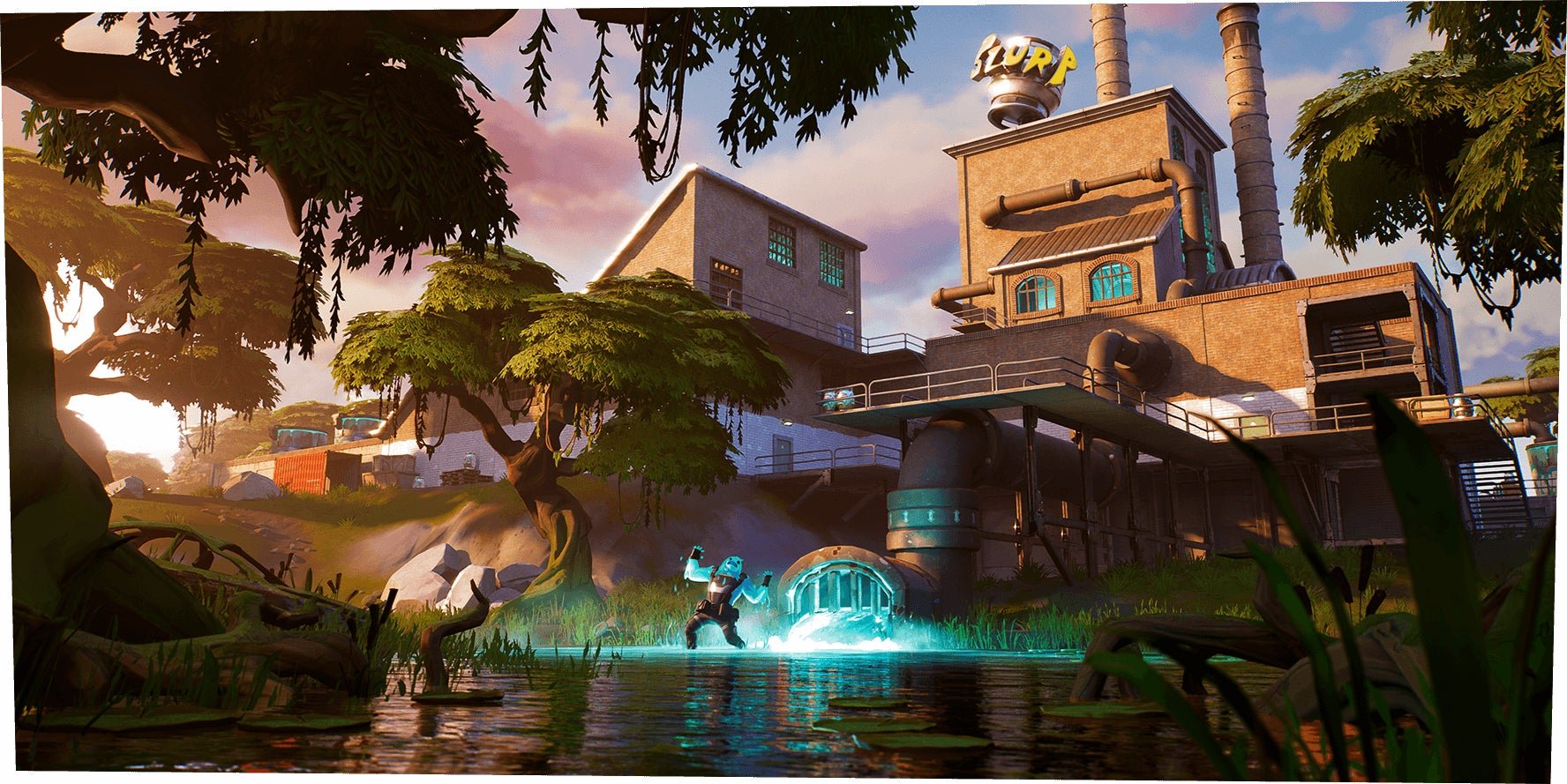Fortnite’s two-day outage was the game’s most popular event of the year
Fortnite, one of the world’s most popular video games, went mysteriously black over the weekend. The outage, which occurred on Sunday, Oct. 13 at roughly 2pm US Eastern time, was in fact intentional. Players had logged in to “The End”—a special event that Epic Games, the company behind Fortnite, held to mark the end of its tenth season—where a rocket blew up in the game and plunged everyone into a black hole. The cryptic astrological image appeared across all of the game’s social media accounts.


Fortnite, one of the world’s most popular video games, went mysteriously black over the weekend. The outage, which occurred on Sunday, Oct. 13 at roughly 2pm US Eastern time, was in fact intentional. Players had logged in to “The End”—a special event that Epic Games, the company behind Fortnite, held to mark the end of its tenth season—where a rocket blew up in the game and plunged everyone into a black hole. The cryptic astrological image appeared across all of the game’s social media accounts.
The unexplained outage rattled the game’s millions of loyal fans. Over the next 36 hours, millions tuned in on Twitch, Twitter, and YouTube to watch what was essentially a livestream of a black hole. No one could get into the game; its menu system and map had all been sucked into the abyss. Idle players immediately began spinning wild theories. Was it finally the end of Fortnite? Cryptic numbers began appearing on the screen. Ambitious players spent hours trying to crack the code, cross-referencing the numbers to the game’s Visitor Recording collectibles and even Google Maps.
Dragging the world into an abyss ended up being a genius publicity stunt for Epic. The nearly two-day blackout ended up being the most widely-watched Fortnite event of the year on the streaming service Twitch. According to Twitch analytics platform SullyGnome, a peak of more than 1.6 million viewers watched Fortnite channels on Sunday, more than any point in the last year. That figure is likely higher than reported, since so many curious players ended up tuning in that they crashed Twitch’s website, a representative from SullyGnome told Quartz.
The interest spread to other platforms. At its peak, more than 4 million people watched the event on YouTube, according to gaming consultant Rod Breslau. Searches for “Fortnite” were at the highest on Sunday then at any point over the past 12 months, according to Google. (Though these numbers pale in comparison to more than 10 million people who tuned in to watch DJ Marshmello perform in Fortnite back in February.)
It’s a positive turn for Fortnite, which has had a rough few months. After generating a jaw-dropping $2.4 billion in revenue in 2018, the highest annual revenue of any game in history, let alone a game that is free to play, signs emerged that things were slowing down. Many players were disappointed by season 10 of the game, and it drew a lukewarm response from reviewers. The game’s viewership and revenue took a dip in the second quarter of 2019, according to a report by Streamlabs and Newzoo, a gaming analytics firm. In-gaming spending dropped by by 52% this July, compared to the same period last year, according to Edison Trends.
But after the black hole, the game was back making the rounds online. Fortnite immediately began trending on Twitter, with the likes of Neil deGrasse Tyson and Elon Musk weighing in on its demise. Memes began circulating depicting obsessed Fortnite fans seeing their estranged families or sunlight for the first time in ages.
When the game finally came back online on Tuesday, debuting a new “Chapter 2” that included a brand-new map and challenges, the world was ready. But it’s unclear whether Fortnite’s rediscovered momentum will be fleeting, especially if players are less than thrilled with the new chapter.